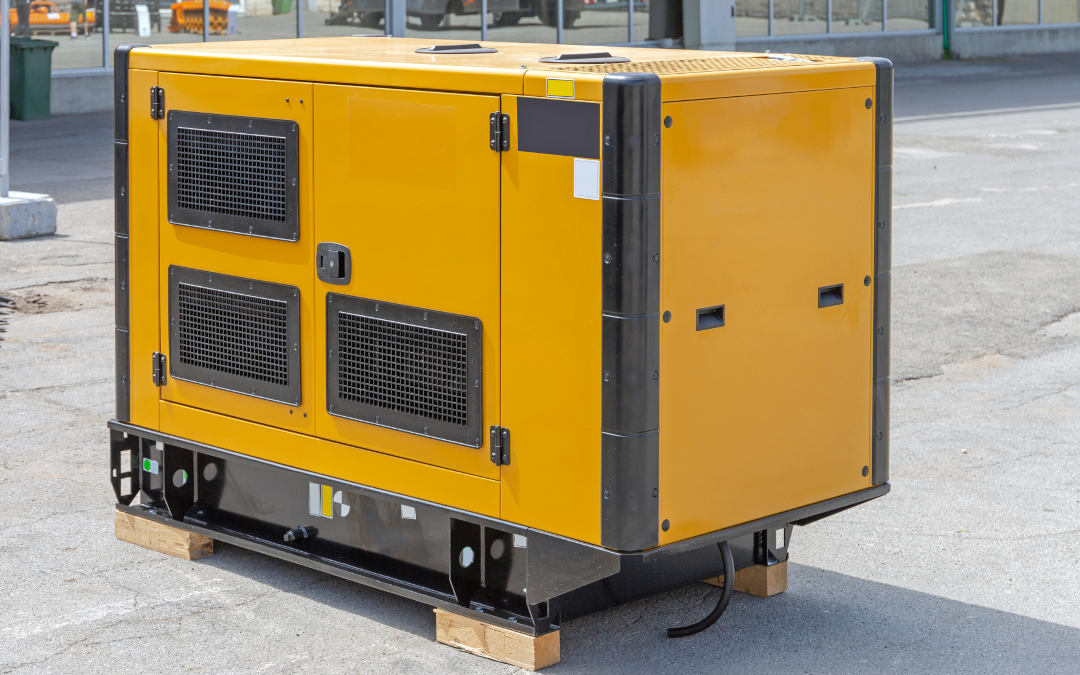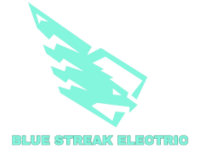Commercial GeneratorS
Having a standby generator installed at your business is crucial for maintaining operations during unexpected power outages, ensuring productivity, safety, and customer satisfaction. A generator keeps essential systems like lighting, HVAC, servers, and communication tools running, minimizing downtime and financial losses. For businesses reliant on perishable inventory, such as restaurants or grocery stores, it prevents spoilage and waste. It also safeguards critical data and systems, particularly for industries like IT or healthcare, where interruptions can have severe consequences. Moreover, a standby generator enhances your business’s reputation by demonstrating reliability and preparedness, building trust with customers and employees.
Our Process:
Site Evaluation and Planning:
- Assess power needs to determine the generator size and capacity.
- Conduct a site survey to identify a suitable location for the generator, considering ventilation, noise, and accessibility.
- Ensure compliance with local codes, zoning regulations, and industry standards.
- Obtain all necessary permits and approvals.
Select and Prepare the Location:
- Clear the designated area and prepare a reinforced concrete pad or other stable foundation.
- Ensure the site allows for proper air circulation and is protected from potential hazards, such as flooding or debris.
Generator Installation:
- Position the generator on the prepared foundation, ensuring alignment with design specifications.
- Secure the generator to the foundation to prevent movement during operation.
Electrical Connections:
- Install and connect the Automatic Transfer Switch (ATS) to the facility’s main electrical panel.
- Run appropriate cabling between the generator and the ATS, ensuring adherence to local electrical codes.
- Use weatherproof conduits and fittings for outdoor installations.
Fuel System Setup:
- Connect the generator to the designated fuel source (e.g., natural gas, propane, or diesel).
- Install fuel storage tanks if necessary, ensuring compliance with safety and environmental regulations.
- Test the fuel lines for leaks and confirm proper fuel delivery to the generator.
Cooling and Ventilation:
- Set up appropriate cooling systems to prevent generator overheating during extended use.
- Ensure proper exhaust systems are in place to safely expel emissions and meet environmental standards.
Testing and Commissioning:
- Conduct load testing to verify the generator can handle the required electrical demand.
- Simulate a power outage to test the ATS functionality and seamless transition between power sources.
- Inspect all components to ensure proper installation and compliance with regulations.
Inspection and Approvals:
- Schedule inspections by relevant authorities to verify compliance with safety and building codes.
- Obtain any certifications or approvals required for operation.
Training and Documentation:
- Provide staff training on generator operation, safety protocols, and basic maintenance.
- Supply detailed documentation, including maintenance schedules, warranty information, and emergency procedures.
Maintenance Plan Setup:
- Establish a regular maintenance and inspection schedule with a qualified technician.
- Monitor the generator for performance issues and ensure ongoing readiness for emergencies.

Free ESTIMATES
Let Blue Streak Electric give you a free estimate on your next project.
